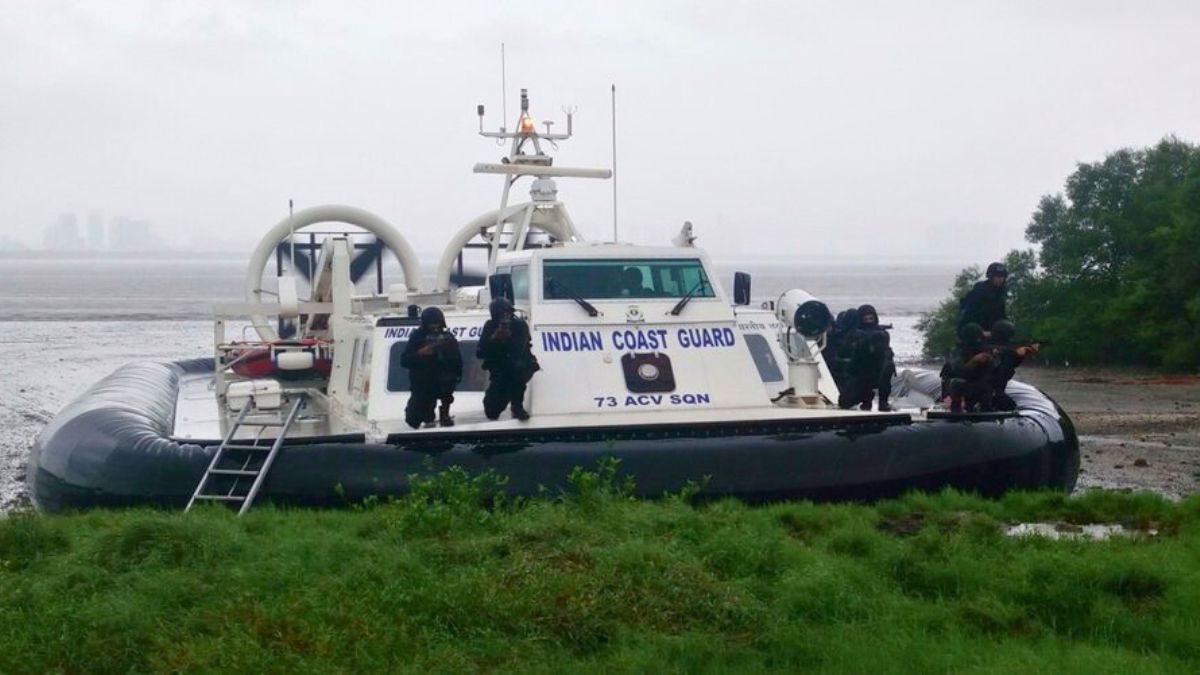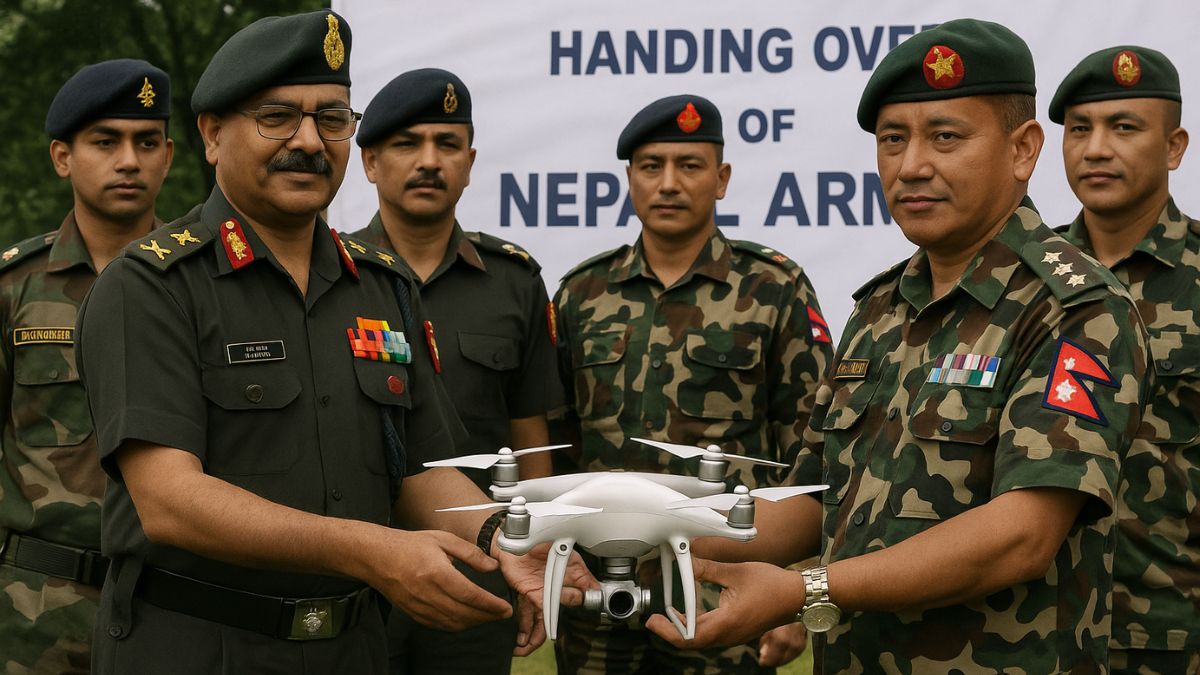Sagar Kavach-2: How India Is Testing Its Coastal Security Against Terror Threats In Bay Of Bengal

The primary objective of Sagar Kavach is to monitor and strengthen the coastal security system. Image courtesy: X.com/@IndiaCoastGuard
The two-day joint coastal security exercise Sagar Kavach-2 began on Wednesday morning (September 3, 2025) along the Odisha and West Bengal coastlines, bringing together multiple defence, paramilitary, and civilian agencies. The drill was conceived in the aftermath of the 26/11 Mumbai terror attacks, when armed terrorists infiltrated India through the sea.
Conducted twice a year, the core objective of the exercise is to plug vulnerabilities, strengthen coordination, and sharpen real-time responses against seaborne terrorist threats.
Sagar Kavach-2: Who is participating?
The large-scale exercise is witnessing participation from the Indian Navy, Indian Coast Guard, Marine Police, Central Industrial Security Force (CISF), forest and fisheries departments, customs, district administrations, Paradip Port authorities, and representatives of major industrial establishments along the coast.
This joint approach is designed to ensure that security gaps between military, policing, and civilian agencies are addressed collectively.
Sagar Kavach-2: How is the drill being conducted?
For the simulation, participating forces have been split into two groups – Red and Blue Team. The “Red Team” is acting as the adversary, attempting to breach defences by sneaking in through waterways, mingling with urban and rural populations, and planting dummy explosives at sensitive installations.
In response, the “Blue Team” is tasked with detecting and neutralising these attempts through intensive patrolling, coastal surveillance, and real-time interception.
What role do local communities play?
Fishermen in Paradip and surrounding coastal areas were engaged through awareness campaigns and public announcements before the exercise. They were urged to carry valid ID cards and registration papers for their trawlers and to report any suspicious movement at sea. Given their constant presence in coastal waters, fishermen serve as a vital first line of defence in India’s maritime security network.
Why does this matter for India’s eastern coast?
The eastern seaboard is home to major ports, critical industrial hubs, and dense fishing activity, making it both economically vital and vulnerable to asymmetric threats. By testing infiltration scenarios, surveillance mechanisms, and urban concealment tactics, Sagar Kavach-2 aims to refine security coordination between agencies.
Officials emphasize that the exercise is not only about immediate response but also about identifying loopholes and improving long-term strategy.
Post the exercise, all participating agencies will conduct post-drill assessments. These findings will be shared to further strengthen India’s coastal security architecture and refine joint operational protocols.






